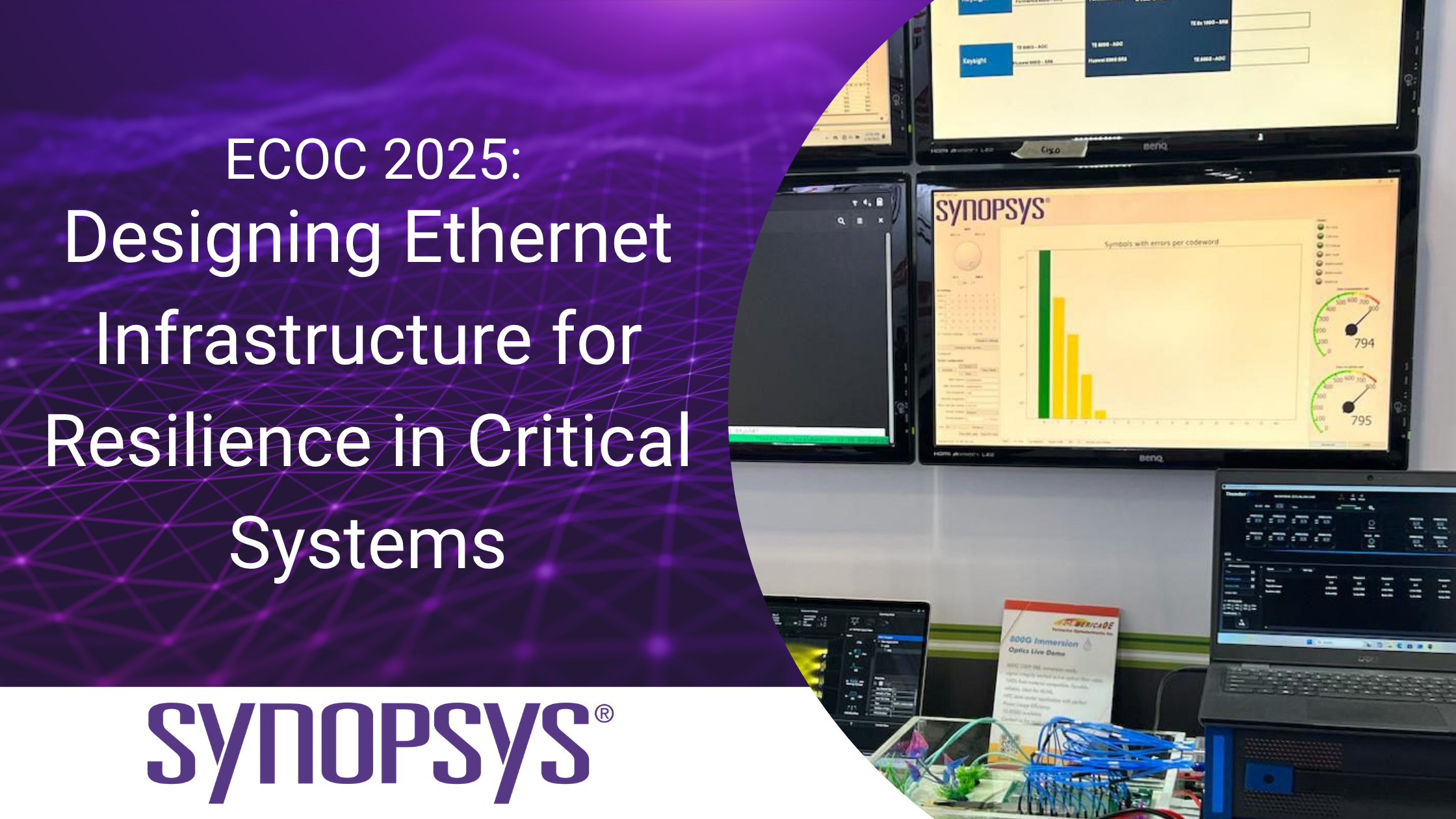Ethernet Alliance PoE Blog Sifos App Note
By Ethernet Alliance Member, Peter Johnson of Sifos Technologies
NOTE: This is original content provided by Ethernet Alliance member Sifos Technologies. The full Sifo Technologies App Note can be downloaded here.
PD Design for Conformance and Interoperability
Sifos Technologies, an Ethernet Alliance member and approved test equipment provider for the Ethernet Alliance Power over Ethernet (PoE) Certification program, has created an insightful Application Note to help inform and educate PoE manufacturers and PD developers about the importance of designing for IEEE 802.3 conformance and interoperability.
PoE technology has been guided by three generations of IEEE 802.3 standards:
- Originally, IEEE 802.3af defined PDs that draw up to 13 watts from four wire pairs and PSEs (Power Source Equipment) that furnish at least 15.4 watts on two of those four wire pairs.
- IEEE 802.3at upgraded and replaced IEEE 802.3af in order to add PDs that draw up to 25.5 watts from four wire pairs and PSEs that furnish 30 watts on two of those wire pairs.
- IEEE 802.3bt defined PDs that draw up to 71.3 watts from four wire pairs and PSEs that furnish up to 90 watts on those same four wire pairs.
One key role of the IEEE 802.3 PoE specifications is to enable the power source and the powered device to be separated by up to 100 meters of cabling and associated network connections. Because of this feature, PSEs and PDs may be fully tested “locally” at their respective interfaces without the need to insert long lengths of cabling and associated impairment modeling.
The Ethernet Alliance PoE Certification program was introduced in 2017, and Gen 2 of the program was launched in 2021 to cover IEEE 802.3bt PSEs and PDs. Under the program, PoE manufacturers obtaining Ethernet Alliance PoE Certification have their products subjected to a rigorous set of tests to assure a reliable network deployment. Once approved and listed on the certified product registry, manufacturers can apply trademarked logos on their products and literature indicating the maximum power class supported. When deploying Ethernet Alliance PoE Certified devices, ensure the PSE logo class number is greater than or equal to the PD logo class to support the highest level of interoperability.
The Ethernet Alliance PoE Certification program offers self-certification options utilizing fully automated testing with the Sifos PDA-600 while also offering alternative third-party lab certification testing. The Ethernet Alliance PoE Certification program has authorized labs that perform testing and generate reports. Unlike other hardware certification programs, the Ethernet Alliance PoE program has also certified test equipment for PD designers and manufacturers to conduct all certification testing in-house and then submit reports.
The approved Ethernet Alliance PD test equipment includes the Sifos PDA-602B and PDA-604A Powered Device Analyzers and associated software. Using these solutions, testing for Gen 1 (IEEE 802.3at) and Gen 2 (IEEE 802.3bt) EA certification is entirely automated and is designed to produce test reports that may be submitted to the Ethernet Alliance for logo certification.
Here are a few highlights from the Sifos Technologies Application Note:
In PoE, backward compatibility depends on PDs accepting what PSEs have to offer.
IEEE 802.3at and the IEEE 802.3bt specifications were very carefully composed to promote backward compatibility so that older PDs would work with newer PSEs and older PSEs could work with newer PDs.
- All three generations of PoE specifications included classification mechanisms whereby a PSE could determine the desired power demand from a PD.
- The IEEE 802.3at and IEEE 802.3bt specifications added classification mechanisms whereby a PD could determine the power that the PSE could provide when initially powering the PD.
- Any interoperable (IEEE 802.3at or IEEE 802.3bt) PD requiring more than 13 watts must be sensitive to the power allocated initially via classification and must be designed to not draw more than that level of power.
- Any interoperable (IEEE 802.3at or IEEE 802.3bt) PD requiring more than 13 watts must support the ability to communicate to the PSE, via PoE LLDP, the maximum PD power demand with resolution of 0.1 watt.
- PSEs that furnish more than 13 watts have the right to withhold PD requested power until the PD communicates its power demand via LLDP to the PSE.
When a PD is initially allocated less than its power demand, it is considered to be power demoted. Backward compatibility in PoE depends on PDs handling power demotion properly.
IEEE 802.3 Compliant PD Controllers: Where They Help (and Where They Can’t Help)
Manufacturers of integrated PD controllers and PD interface modules may claim that their solutions have been fully tested for IEEE 802.3 specification conformance and they even may produce the test data to prove that. So, there is no doubt that deploying a specification compliant PD controller will help with specification conformance and PSE-PD interoperability.
The Sifos Application Note then goes on to explain how:
- PD controllers only impact a subset of PD specification conformance properties
- The ‘heavy lifting’ required to interoperate with all PSEs in all connection environments is outside the role of a PD controller
Verifying PDs with PSEs – The Limitations
With the ready availability of commercial PSEs including low-cost PSE injectors, a strong temptation exists to utilize these products to test Powered Devices. Coupled with a long spool of cable, a PSE provides a “real world” interface to a PD.
As an “interop” test strategy, this approach overlooks the wide-ranging design flexibility allowed to IEEE 802.3bt and IEEE 802.3at PSEs. This attribute of the PoE standard has translated into a vast proliferation of PSE designs and configurations with widely varying tolerances of many critical PD traits. PDs that interoperate with one or a few PSEs may fail to properly interoperate with hundreds of other specification compliant PSEs and cabling networks.
The reality is that PSEs are not test instruments. A PSE cannot test critical characteristics of a PD that are vital to interoperability over all PoE networks. Even the most sophisticated PSEs that offer management reporting of PD classification and power draw offer no insight regarding how the PSE produces those parameters or what they might really mean.




